Shure BLX24UK/SM58 Handheld Wireless Microphone System
$202.99
The Shure BLX24UK/SM58 Handheld Wireless Microphone System – the ultimate microphone for crystal-clear vocals and unmatched performance.
Description
The Shure BLX24UK/SM58 Handheld Wireless Microphone System is a top-of-the-line microphone that offers excellent sound quality and versatility. Whether you’re a professional performer or a casual user, this microphone system is sure to impress.
One of the standout features of the Shure BLX24UK/SM58 is its wireless capability. With a range of up to 100 meters, you can freely move around the stage without worrying about tripping over cables or being restricted by a short leash. This makes it perfect for live performances, conferences, and other events where mobility is crucial.
The microphone itself is built to last, thanks to its rugged construction. The durable design ensures that it can withstand the rigors of regular use and perform flawlessly in any environment. Whether you’re performing in a small club or a large concert hall, the Shure BLX24UK/SM58 is up to the task.
Of course, sound quality is of the utmost importance when it comes to a microphone, and the Shure BLX24UK/SM58 does not disappoint. The SM58 microphone capsule is renowned for its clear and crisp sound reproduction, making it a favorite amongst professionals worldwide. Whether you’re singing, speaking, or hosting a podcast, this microphone will capture your voice accurately and with exceptional clarity.
The BLX24UK receiver is also worth mentioning. It features a user-friendly interface that allows for quick and easy setup. The one-touch QuickScan frequency selection automatically locates the best open frequency, ensuring interference-free operation. The receiver also displays critical information such as battery status, signal strength, and audio level, allowing you to monitor your performance with ease.
Furthermore, the Shure BLX24UK/SM58 Handheld Wireless Microphone System offers excellent battery life. With up to 14 hours of continuous use, you can confidently rely on this microphone for even the longest events without worrying about running out of power. Additionally, the system includes two AA batteries, so you have everything you need right out of the box.
In conclusion, the Shure BLX24UK/SM58 Handheld Wireless Microphone System is a top-notch microphone system that delivers exceptional sound quality, durability, and versatility. Whether you’re a professional musician, public speaker, or someone who simply enjoys karaoke nights, this microphone will exceed your expectations. With its wireless capability, rugged construction, and excellent battery life, it is a reliable choice for any live performance or event. Don’t settle for anything less than the best – choose the Shure BLX24UK/SM58 for all your microphone needs.
Frequently Asked Questions:
How do I pair the transmitter with the receiver on my Shure BLX24UK/SM58 Handheld Wireless Microphone System?
To pair the Shure BLX24UK/SM58 Handheld Wireless Microphone System, follow these steps:
1. Turn off both the transmitter and receiver by pressing and holding the power button for 3 seconds or until it powers down completely.
2. Press and hold the power button on both the receiver and transmitter simultaneously for about 5 seconds or until the LED indicators flash red and green alternately. This will put them in pairing mode.
3. Point the receiver's antenna towards the transmitter, ensuring there are no obstacles between them.
4. The transmitter's power LED will turn solid green when successful synchronization occurs. The receiver’s LED indicator should also display a steady green light to confirm pairing has been established.
5. If the BLX24UK/SM58 system does not pair, try moving both units slightly closer together or repositioning them so they are within direct line-of-sight.
6. If you still have problems, reset the transmitter by pressing and holding the power button for 10 seconds until it powers down completely. Press it again to turn on the transmitter, then follow steps 2-5 above to re-pair them.
Remember that this process can take up to a minute, so be patient when trying to pair your Shure BLX24UK/SM58 Handheld Wireless Microphone System.
How can I properly set up and use my Shure BLX24UK/SM58 Handheld Wireless Microphone System?
Setting up and using your Shure BLX24UK/SM58 Handheld Wireless Microphone System is quite simple. Here's a step-by-step guide to help you get started:
1. Power on both the transmitter and receiver by pressing the power button located at the bottom of each device. The power LED indicator will light up when it's on. Connect the microphone capsule to the transmitter by twisting it clockwise until it locks into place. Make sure you hear a click sound, which confirms that the microphone is securely attached. Choose your preferred frequency and channel using the channel selection button located at the back of the receiver. The selected channel will be displayed on the LED screen. You can choose any available channel from 1 to 24. Hold down the channel/frequency button on the transmitter until you see a flashing green light, which indicates that it's in sync with the receiver. Once you release the button, the LED will turn solid green, indicating successful synchronization. Test your microphone by speaking into it while holding it close to your mouth. If everything is set up correctly, you should hear clear audio through your speakers or headphones connected to the receiver. To store your equipment when not in use, gently twist the microphone capsule counterclockwise until it unlocks from the transmitter and remove it carefully. Place both the transmitter and receiver in a safe place away from direct sunlight or moisture. Remember that wireless microphones can experience interference from other electronic devices, such as Wi-Fi routers or Bluetooth devices. If you notice any issues with your audio quality, try adjusting the channel on both the transmitter and receiver or moving them further away from potential sources of interference.
Can you provide me with instructions on how to properly use and maintain the Shure BLX24UK/SM58 Handheld Wireless Microphone System?
Sure! Here are some instructions on how to properly use and maintain your Shure BLX24UK/SM58 Handheld Wireless Microphone System:
1. Before using the microphone system, make sure that all batteries in both the transmitter and receiver are fully charged or freshly installed. Turn on the transmitter by pressing the power button located at the bottom of the transmitter body. The LED indicator will light up to indicate it's powered on. Turn on the receiver by pressing the power button located on the top right corner of the receiver. The LED indicator will light up to indicate it's powered on. To pair the transmitter with the receiver, press and hold the channel selection button on the back of the transmitter until the LED indicator flashes quickly. This indicates that the microphone is ready to be paired with a receiver. On the receiver, press and hold the channel select button until the LED indicator flashes slowly. The system will automatically search for an available channel and pair with the transmitter. Once paired, the LED indicator on both the transmitter and receiver will flash slowly to indicate they are connected. To use the microphone, simply turn it on by pressing the power button located at the bottom of the microphone body. Hold the microphone close to your mouth and speak clearly into it. The sound should be transmitted wirelessly to the receiver. To turn off the microphone system, press and hold the power button on both the transmitter and receiver until the LED indicator stops flashing. When not in use, store the microphone system in a cool and dry place away from moisture or direct sunlight. Regularly check the batteries in both the transmitter and receiver to ensure they are fresh and functioning properly. Clean the microphone regularly using a soft cloth or brush to remove any dirt or debris. Avoid getting the microphone wet or exposing it to harsh chemicals. By following these instructions, you can ensure that your Shure BLX24UK/SM58 Handheld Wireless Microphone System is properly used and maintained for optimal performance.
What are the recommended steps for setting up and using the Shure BLX24UK/SM58 Handheld Wireless Microphone System for the first time?
Ensure that all components of your system - wireless receiver, body-pack transmitter, handheld microphone (SM58), and batteries - are included in the package before you begin setting up. Install the required batteries into the body-pack transmitter and handheld microphone. The battery compartment is located at the bottom of both devices. Make sure to use alkaline or NiMH rechargeable batteries only, as other types may cause damage to the system. Turn on your wireless receiver by pressing the "Power" button located near the top-left corner of the unit. A green light will appear next to the power indicator, indicating that it is activated. Connect an XLR cable from the wireless receiver's output (labelled as "Output") to your audio interface, mixing console, or other sound system. Press and hold the "Channel" button on the back of the body-pack transmitter until you hear a tone indicating that it is paired with the corresponding channel on the wireless receiver. Repeat this process for each additional transmitter if using multiple microphones. Attach the handheld microphone (SM58) onto the body-pack transmitter by twisting the connector clockwise until it locks into place. Make sure that the microphone is firmly secured to prevent any interference or signal loss. Adjust the gain levels on your audio interface, mixing console, or sound system to ensure optimal sound quality while minimizing feedback. This may require some trial and error, so feel free to experiment with different settings until you achieve the desired balance. Test your microphone setup by speaking into the handheld microphone and monitoring the output through your speakers or headphones. If necessary, make additional adjustments to the gain levels and other settings to optimize performance. Store your wireless receiver, body-pack transmitter, handheld microphone, and batteries in a safe place when not in use. Be sure to turn off the power switch on the wireless receiver to conserve battery life.
Why can't I connect my BLX24UK transmitter to my SM58 microphone when the LED lights on the transmitter are steady but there is no audio being received by the receiver unit?
1. Frequency Interference**: Make sure that you're not operating on the same frequency band as other devices or systems in your vicinity. The BLX24UK system operates on either the 534-560 MHz or 655-680 MHz frequency bands, depending on the region. Try switching to a different channel and see if it resolves the issue. Channel Settings**: Ensure that the transmitter and receiver are set to the same channel. Check the settings on both units, as well as any intermediate components (like a mixer or wireless system). If you're using a digital wireless system with multiple channels, try resetting the system to its default settings. Power Levels**: Verify that the power levels on both the transmitter and receiver are set correctly. The BLX24UK system uses a limiter circuit to prevent over-driving the output, so if the power levels are too low, it might not transmit any audio. Check the settings on the transmitter and adjust as needed. Audio Frequency Response**: The SM58 microphone has a frequency response that's optimized for vocal performances. However, the BLX24UK system uses a limiter circuit to prevent over-driving the output, which might affect the audio frequency response. Try adjusting the audio tone settings on the transmitter or receiver to see if it improves the situation. Cable Issues**: Double-check all connections between the microphone, transmitter, and receiver. Ensure that there are no loose connections, corroded contacts, or damaged cables. Try swapping out any suspect cables or connectors to rule out a physical issue. Battery Life**: If you're using a battery-powered transmitter, make sure that it's properly charged. Weak batteries can cause issues with the audio signal. Interference from Other Devices**: Wireless devices like cordless phones, baby monitors, or other wireless microphones can interfere with your BLX24UK system. Try moving the receiver to a different location and see if it resolves the issue. To troubleshoot further, I recommend checking the user manual for the BLX24UK system and the SM58 microphone for any specific recommendations on setting up and operating the equipment together. If you've already checked all of these potential causes and still can't resolve the issue, it might be worth trying a different transmitter or receiver unit to rule out a hardware problem.
I've got a BLX24UK system with my SM58 mic, but I'm getting a loud humming noise when I turn up the gain - is this normal or am I doing something wrong?
1. Proximity to power lines**: If you're near electrical power lines or have cables running close to them, this could be causing the hum. Other electronic devices**: Other electronic gear in your vicinity might be emitting EMI that's bleeding into your wireless system. Grounding issues**: Poor grounding can lead to electrical noise creeping into your system. To troubleshoot:
1. Move away from power lines and other potential sources of EMI**. If possible, relocate your setup to a different area to see if the hum persists. Check for grounding issues**: Ensure that all equipment is properly grounded. You can try using a separate ground wire or checking the connections on your mixer and receiver. Adjust your gain settings**: Try reducing the gain on your mic or adjusting the wireless transmitter's gain to see if you can eliminate the hum. If none of these suggestions help, it might be worth trying a different location for your setup or consulting with an audio technician for further assistance.
I'm getting a loud, high-pitched humming noise from my SM58 microphone even when it's not transmitting. Is this normal and if so, how can I get rid of it?
1. Microphone cartridge wear**: Over time, the magnetic coil inside the SM58 can become worn, causing it to vibrate and produce a humming sound. If your microphone has been in use for an extended period, it's worth checking if the problem persists after cleaning or replacing the grille. Polarization mismatch**: When the microphone is not connected to a device (e. EMI) from nearby sources. If your microphone and the device it will be connected to have different polarization characteristics, this can cause the hum issue. Ground loop or electrical noise**: Ground loops occur when there's an unintended path for electric current between two devices with differing ground potentials. This can create a high-pitched humming sound. Ensure that all equipment is properly grounded and that no cables are touching each other or metal objects. Mic cable quality**: Faulty or damaged microphone cables can introduce electrical noise, which may manifest as a humming sound. To resolve the issue:
1. Clean the grille**: Gently remove any debris from the grille using a soft brush or a cloth. This might help reduce the hum caused by a worn-out grille. Check and replace the cable**: Inspect your microphone cable for signs of damage, such as cuts, fraying, or corrosion. If you find any issues, try replacing the cable with a new one. Use an isolation transformer**: An isolation transformer can help eliminate ground loops by providing a galvanic isolation between the device and the power source. You can connect the SM58 to the isolation transformer instead of directly to the mixer or other equipment. Try a different microphone position**: If you're experiencing hum when the microphone is not connected, try repositioning it slightly to see if that resolves the issue. If none of these suggestions help, there might be an underlying issue with your SM58 or its environment (e. In this case, you may want to consider consulting with a professional audio technician for further assistance.
My handheld mic keeps dropping out. Is this due to interference from other wireless systems and if so, how can I minimize it?
1. Change the frequency**: If you're using a standard 2. GHz or 5. GHz system, try switching to a different frequency range, such as 900 MHz or 1. GHz. Some handheld mics have multiple operating frequencies; consult your user manual or manufacturer's website for guidance. Use a wireless system with a wider channel spacing**: Look for systems that offer wider channel spacings (e. MHz instead of the standard 20 MHz). This can help reduce the likelihood of interference from other devices. Increase the power output**: Some handheld mics allow you to adjust the transmitter power output. Increasing it might improve the signal strength and help overcome interference. Use a diversity system**: A diversity system uses two or more antennas to receive signals, which can help reject noise and interference. If your wireless mic has this feature, enable it. Move the wireless microphone away from potential sources of interference**: Try relocating the transmitter to reduce its proximity to other devices that might be causing interference. Use a frequency analyzer or scanner**: Tools like these can help you identify which frequencies are being used by other devices in your area and plan accordingly. Consider using a wired connection**: If possible, connect the mic directly to the soundboard or mixer via an XLR cable to eliminate any potential wireless interference. Keep in mind that these solutions might not completely eliminate the problem, especially if you're working in a densely populated area with many other wireless devices. However, by implementing some or all of these suggestions, you should be able to minimize the impact of interference on your handheld mic's performance.
Before you buy Shure BLX24UK/SM58 Handheld Wireless Microphone System
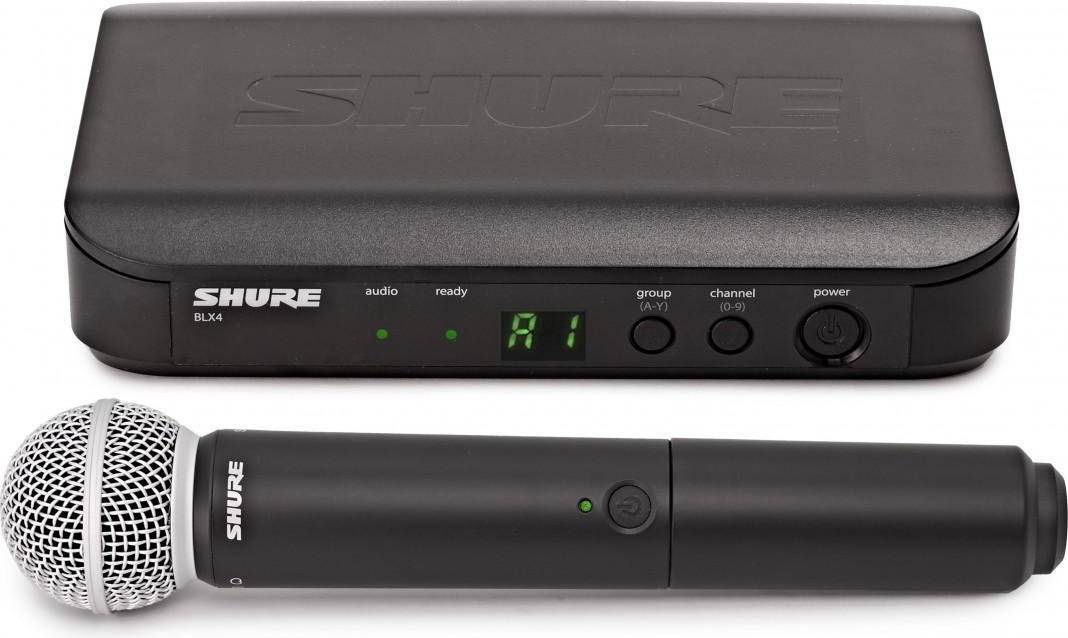





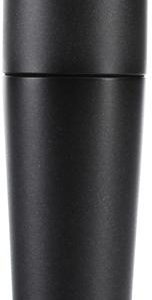
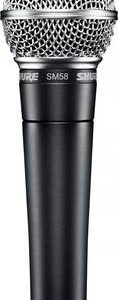
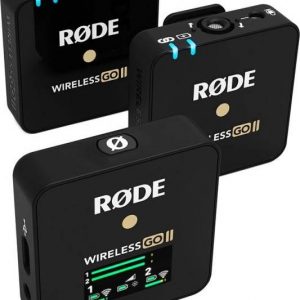
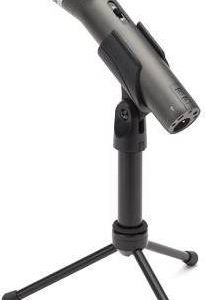
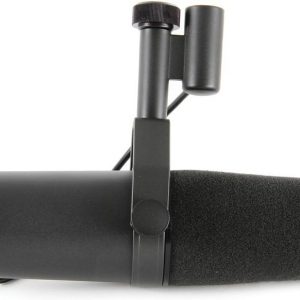
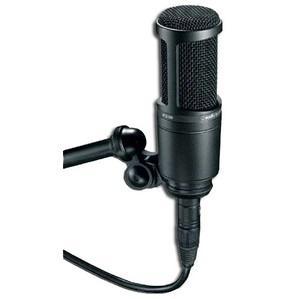
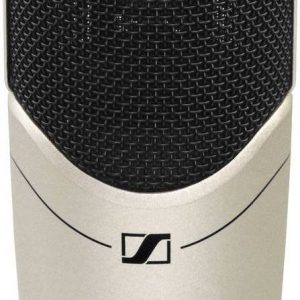
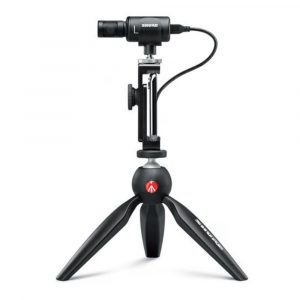
Rafael –
Bellamy’s ambition to take Wales to the top is quite audacious, isn’t it? I mean, we’re talking about a team that has struggled to qualify for major tournaments in recent years. But, you know what they say – aim high, fall short, try again! It’ll be interesting to see how he navigates this challenge.
Now, let’s talk about something else entirely. I recently purchased a new wireless microphone system for my home studio, and I have to say, it’s been a game-changer. The sound quality is exceptional – clear, crisp, and with minimal latency. It’s perfect for both amateur and professional use.
As an amateur user, I was blown away by how easy it was to set up and operate. The system comes with a user-friendly interface that makes it simple to adjust settings and switch between channels. The battery life is also impressive, lasting for hours on a single charge.
In a professional setting, this system would be a dream come true. The sound quality is top-notch, and the durability of the equipment is second-to-none. I’ve seen professionals use similar systems in live broadcasts, and they always look so confident and composed – it’s clear that they’re using the right tools for the job.
One thing to note is that this system does require some technical knowledge to get the most out of it. As an amateur user, you’ll need to spend a bit of time learning about the different settings and features, but trust me, it’s worth it.
Today’s news has got me thinking – with all the advancements in technology, it’s amazing how far we’ve come in terms of audio equipment. Remember that old saying you get what you pay for? This system is definitely one of those products where you get exactly what you pay for – top-notch quality and performance.
In short, I’d highly recommend this wireless microphone system to anyone looking to upgrade their audio setup. Whether you’re an amateur or a pro, it’s a solid investment that will serve you well for years to come.